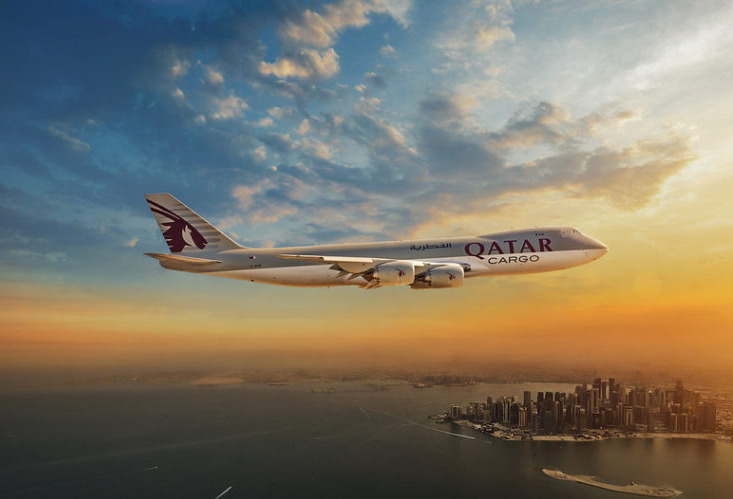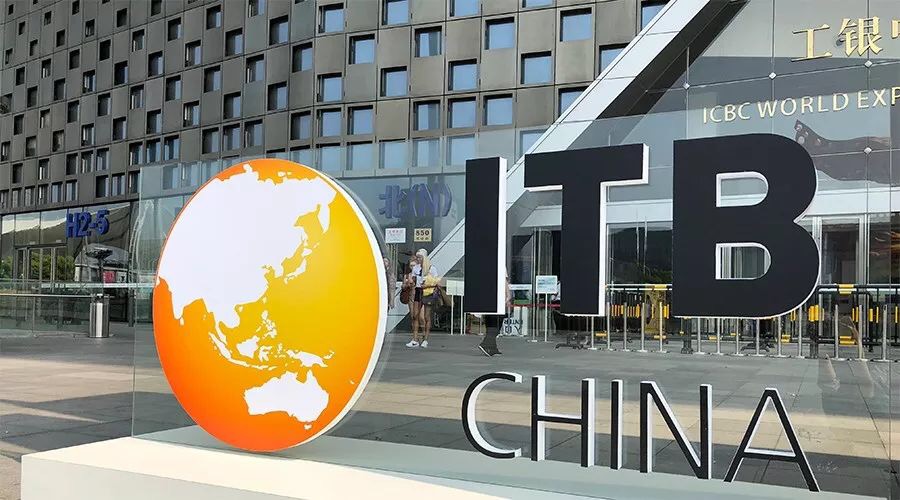Qatar Airways announces their two-year partnership with UNHCR, the UN Refugee Agency to deliver on its purpose of providing humanitarian relief and assistance to the displaced globally.
This agreement which was signed on 19th May 2020, a first in between these organisation will involve a strategic collaboration where Qatar Airways will support in delivery of essential aid supplies to most in need. During these pandemic Qatar Airways provides the most reliable service to the UNHCR by having access to a fleet of more than 200 aircraft’s. Which enables to deliver lifesaving support including water, medical care and hygiene materials to keep refugees, internally displaced people and host community members safe around the world.
We are incredibly proud to join efforts with UNHCR to provide relief aid to people and communities most in need. By having a robust international network, we are pleased to be able to give a helping hand to support this great cause. During this crisis, we have worked closely with governments and NGOs to prioritise the shipment of medical and aid supplies transporting over 175,000 tonnes, the equivalent of approximately 1,750 fully loaded Boeing 777 freighters. We are committed to making a difference and by working together, we are confident we will overcome the current adversities with strength, solidarity and resilience.”
His Excellency Mr. Akbar Al Baker, Group Chief Executive, Qatar Airways
During these unprecedented times, Qatar Airways have continued it cargo services through out its destination to support in delivering the essential supplies and relief goods to impacted regions. The airline will provide air cargo services for up to 400,000 Kgs of essential supplies, which will be distributed to UNHCR operations worldwide. With 180 cargo flights per day the reach of the operation is unmatched by any other.
Freight charters are being operated to multiple countries including China, India, Iran, Kuwait, Lebanon, France, Spain, Italy, Belgium, Germany, Poland, United Kingdom, the United States and Australia. Qatar Airways Cargo fleet includes two Boeing 747-8 freighters, 21 Boeing 777 freighters and five Airbus A330 freighters.







